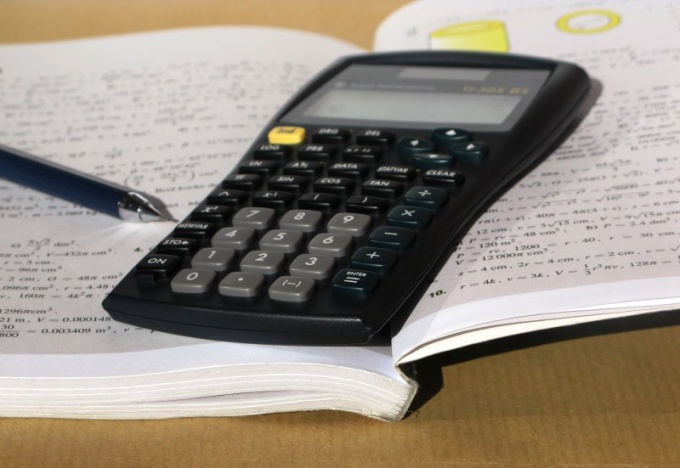Instruction
1
Consider the cubic equation Ax3+Bx2+Cx+D=0 where A≠0. Find root of equation by trial and error. Please note that one of the roots of equations of the third degree is always a divisor of the free term.
2
Find all divisors of the coefficient D, that is, all integers (positive and negative) that the constant D is divisible. Substitute them one by one into the original equation in place of the variable x. Find the number x1, which turns the equation into right equality. It will be one of the roots of the cubic equation. Just at cubic equation with three roots (both real and complex).
3
Divide the polynomial by Ax3+Bx2+Cx+D on the binomials (x-x1). The result of the division will square polynomial ax2+bx+c, the remainder will be zero.
4
Paranaita the obtained polynomial to zero: ax2+bx+c=0. Find the roots of this square equation formula x2=(-b+√(b2−4ac))/(2a), x3=(-b−√(b2−4ac))/(2a). They will also be roots of the original cubic equation.
5
Let's consider an example. Let the equation of the third degree 2x3−11x2+12x+9=0. A=2≠0 and the constant D=9. Find all divisors of the coefficient D: 1, -1, 3, -3, 9, -9. Substitute these factors in the equation instead of the unknown x. It turns out, 2×13-11×12+12×1+9=12≠0; 2×(-1)3-11×(-1)2+12×(-1)+9=-16≠0; 2×33-11×32+12×3+9=0. Thus, one of the roots of this cubic equation x1=3. Now let's divide both sides of the original equation to the binomials (x−3). The result is the quadratic equation: 2x2−5x−3=0, that is, a=2, b=-5, c=-3. Find its roots: x2=(5+√((-5)2-4×2×(-3)))/(2×2)=3, x3=(5−√((-5)2-4×2×(-3)))/(2×2)=-0,5. Thus, the cubic equation 2x3−11x2+12x+9=0 has real roots x1=x2=3 and x3=-0,5.
